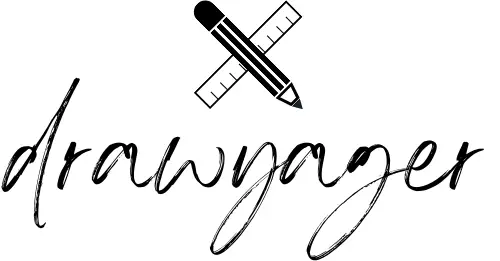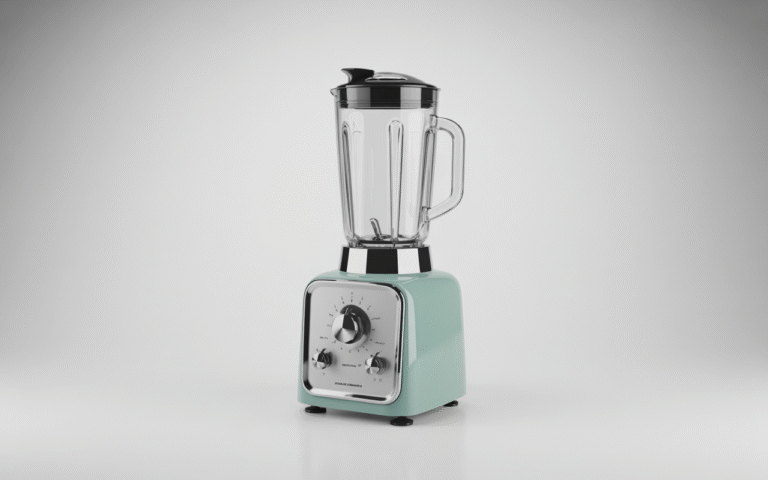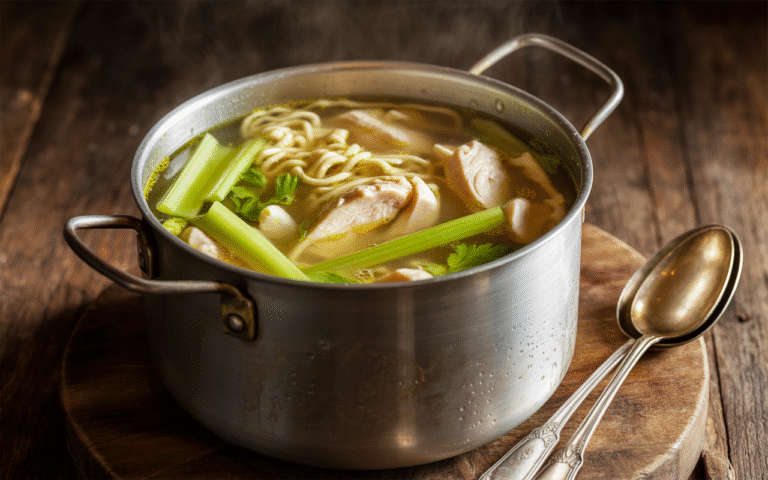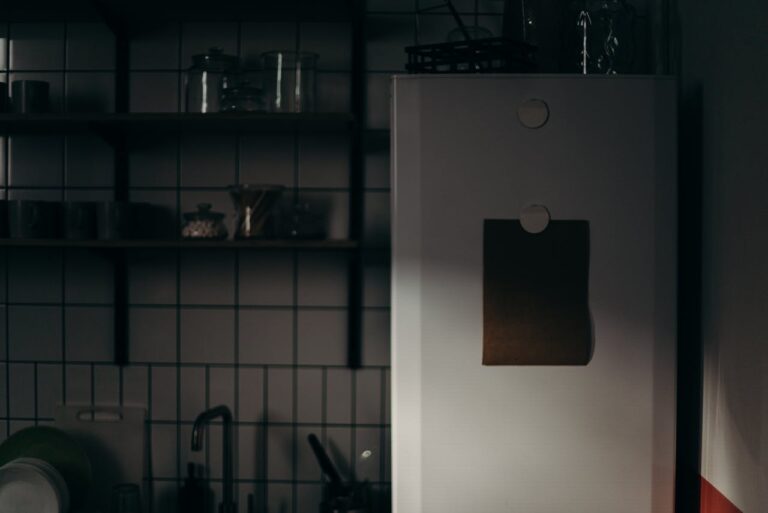For those with an artistic flair, finding the perfect reference for sitting postures can prove to be troublesome. No matter if you’re concentrating on a portrait or working on a comprehensive body illustration, nailing the correct posture and viewpoint is crucial for crafting a piece of art that is both genuine and captivating. Thankfully, there are plenty of resources available offering an extensive selection of sitting posture references to satisfy your artistic needs.

One of the most popular resources for sitting pose references is Pinterest. With thousands of pins dedicated to drawing poses, art references, and anatomy references for sitting positions, Pinterest is a great place to start your search. From figure drawing to anime and manga poses, you can find examples of different body types and expressions to use as inspiration for your artwork.
Another great resource for sitting pose reference is Artsydee. Their handpicked collection of 18 free sitting poses is perfect for artists seeking fresh inspiration. From relaxed lounges to dynamic seated positions, each reference is designed to offer a new perspective on capturing the human form. Whether you’re a beginner or an experienced artist, these references can help take your figure-drawing skills to the next level.
Understanding the Basics of Sitting Poses
As an artist, understanding the basics of sitting poses is essential to create realistic and dynamic drawings. To clarify: A sitting pose is when a person is seated, and their body weight is supported by a chair, stool, or the ground.
Placement of Body Parts
The first step in drawing a sitting pose is to understand the body proportions. When seated, the body’s weight is distributed differently than when standing. The spine curves and the hips and knees bend to create a stable base. The head, neck, and torso remain mostly in a vertical position, while the legs and arms are positioned differently. The feet can be flat on the ground or crossed, and the arms can rest on the lap or be used to support the body weight.
Sitting Pose Reference Images
To draw a sitting pose accurately, it’s essential to use reference images, especially as a beginner. Reference images can be photographs, other drawings, or real-life models. They provide a visual guide to the proportions and positioning of the body. When using reference images, make sure to choose ones that are relevant to the pose you want to draw. For example, if you want to draw a person reading a book, choose a reference image of someone in a similar position.
Practice
Drawing sitting poses takes practice. Start by drawing basic sitting poses, such as a person sitting on a chair or a bench. Once you are comfortable with the basics, you can move on to more complex poses, such as a person sitting cross-legged or leaning against a wall. Remember to use reference images and pay attention to the body proportions. You can also start drawing only the lower body parts to practice some poses.
Types of Sitting Poses
Different types of sitting poses can help you create more diverse and interesting portraits. In this section, I will introduce you to some popular sitting poses that can be used as references for your next project.
Cross-Legged Pose
One of the most common sitting poses is the cross-legged pose. This pose is also known as the pretzel pose because you have to cross your legs like a pretzel. It is a casual and comfortable pose that can be used for both formal and informal portraits. You can experiment with different arm positions to create more variations in the pose.

Side Sitting Pose
The side-sitting pose is another popular pose that can be used for portraits. In this pose, the model sits on one hip with the legs bent. The arms can be placed in different positions such as resting on the knees or wrapping around the legs. This pose can create a relaxed and natural look.
Foto von Andrea Piacquadio: https://www.pexels.com/de-de/foto/fotografie-der-frau-die-auf-stuhl-nahe-fenster-sitzt-761872/
Reclining Pose
In this pose, the model lies down on their back with their legs extended or bent. You can experiment with different arm positions to create more variations in the pose. This pose can be used to create a dreamy and romantic look. Or to create a powerful emotion, like arrogance.

Seiza Pose
Seiza is a Japanese word that means “correct sitting.” In this pose, the model sits on their knees with their buttocks resting on their heels. The back is kept straight, and the hands are placed on the thighs. This pose can create a formal and elegant look.
Foto von Teddy Yang: https://www.pexels.com/de-de/foto/frauen-tee-zeremonie-traditionell-7300476/
Lotus Pose
The lotus pose is a sitting pose that is commonly used in yoga. In this pose, the model sits cross-legged with their feet placed on the opposite thighs. The hands can be placed on the knees or in a mudra position. This pose can create a spiritual and peaceful look.

These are just a few examples of sitting poses that you can use as references. Experiment with different poses and arm positions to create more variations and make your portraits more interesting.
Anatomy and Sitting Poses
It is essential to understand the human anatomy to create realistic sitting poses. Proper spine alignment, leg positioning, and arm placement are crucial to creating a believable and comfortable sitting pose. If you’re not sure how to draw it correctly, don’t hesitate to use a sitting pose reference.
Spine Alignment
When drawing a sitting pose, it is important to consider the spine’s natural curvature. The spine has three natural curves: the cervical, thoracic, and lumbar. These curves allow the spine to support the body’s weight and maintain balance. When drawing a sitting pose, it is important to maintain the natural curves of the spine to create a realistic and comfortable pose.
Leg Positioning
The position of the legs in a sitting pose can greatly affect the overall balance and comfort of the pose. The legs can be crossed, extended, or bent at the knee. When drawing a sitting pose, it is important to consider the weight distribution and balance of the pose. The legs can be positioned in a way that supports the upper body’s weight and maintains balance.
Arm Placement
The position of the arms in a sitting pose can add depth and character to the pose. The arms can be placed on the knees, crossed, or rested on a surface. When drawing a sitting pose, it is important to consider the arm’s position in relation to the rest of the body. The arm’s position can affect the pose’s balance and the character’s mood.
Proper spine alignment, leg positioning, and arm placement can greatly affect the pose’s overall balance, comfort, and character. By considering these factors, you can create realistic and believable sitting poses.
Sitting Pose References for Artists
As an artist, finding good sitting pose references is crucial to improving your skills. In this section, I will discuss some of the best sitting pose references for artists, including photographic, sculpture, and painting references.
60 Sitting Pose References
Photographic References
Photographic references are a great resource for artists looking to improve their skills in drawing sitting poses. Websites like Artsydee and Don Corgi offer free sitting pose references for artists to use. These references include female and male sitting pose examples, as well as gender-neutral figures in sitting poses. Observations on sketching sitting poses are also available.

Sculpture References
Sculpture references are another great option for artists looking to improve their skills in drawing sitting poses. Sculptures offer a three-dimensional view of the human form, allowing artists to study the different angles and perspectives of sitting poses. The PoseMy.Art website offers a diverse range of sitting pose references for artists to use. You can play with the scene to create the exact pose reference you need for your drawing.

Painting References
Painting references are a great resource for artists looking to improve their skills in painting sitting poses, and, of course, their drawing skills. Websites like AdorkaStock offer free seated/sitting stock pose references for artists to use. These references include poses by count, object, perspective, position, and body shape.
Photographic, sculpture, and painting references are all great options for artists to use. By utilizing these resources, artists can improve their skills in drawing and painting sitting poses.
Frequently Asked Questions
What are some good sources for sitting pose references?
As an artist, finding good sources for sitting pose references can be challenging. However, there are several great resources available online that can help. Some of my favorite sources include Pinterest, Don Corgi, and PoseMy.Art. These websites offer a wide variety of sitting pose references that are perfect for artists of all skill levels.
What are some tips for drawing sitting poses?
One important tip is to pay attention to the angle of the hips and shoulders. This can help create a more natural-looking pose. Another tip is to use reference images to help guide your drawing. This can help ensure that your proportions are accurate and your pose looks realistic.
What are some common mistakes to avoid when drawing sitting poses?
There are several common mistakes that artists make when drawing sitting poses. One of the most common mistakes is to draw the legs too short or too long. This can make the pose look awkward and unrealistic. Another common mistake is to draw the arms and hands incorrectly. It’s important to pay attention to the position of the arms and hands to ensure that they look natural and believable. Additionally, it’s important to pay attention to the position of the spine and shoulders to ensure that the pose looks balanced and comfortable.
If you liked this blog post about the topic: “Sitting Pose Reference”, don’t forget to leave me a comment down below to tell me about your experience with it.
If you liked this Post about “Sitting Pose Reference”, you may consider taking a look at these articles:
- Muscle Drawing References: Empower Your Artistic Muscles 2024
- Hand Drawing Reference: How To Master The Art Of Hand Drawing 2024
- or check out our Blog-Category about drawing references


































































